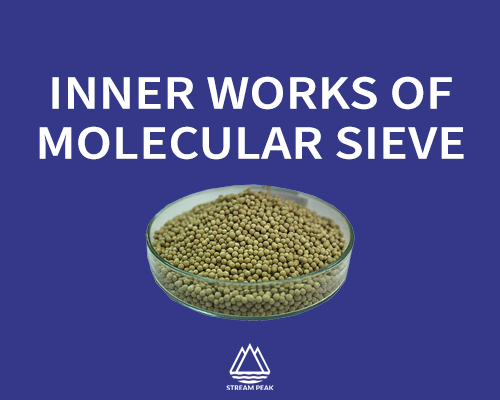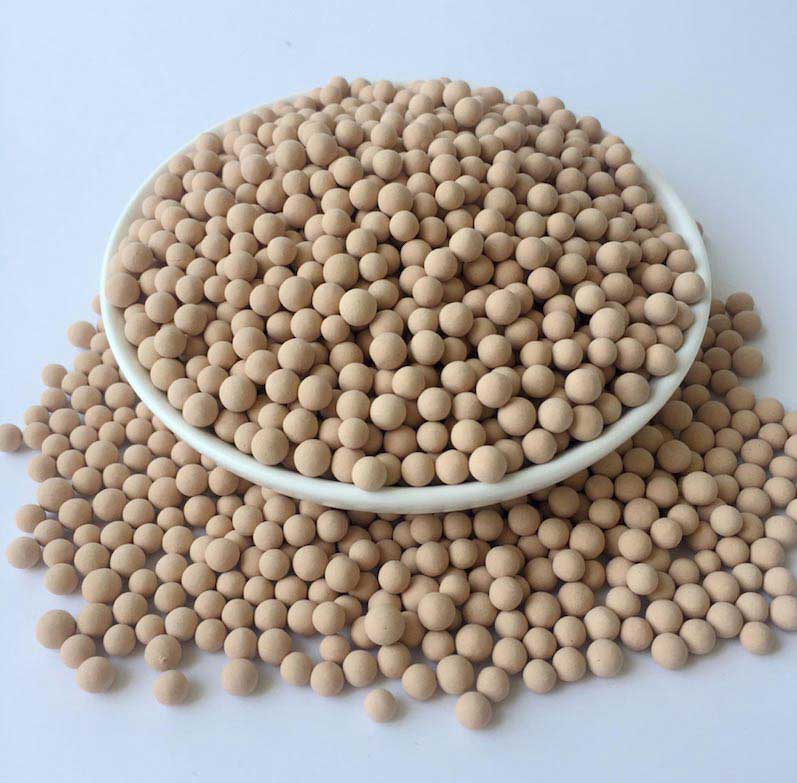
What is Molecular Sieve?

The molecular sieve is a material with pores of uniform or equal size. The diameter of these pores is very similar to small-sized molecules. So, the molecules having a diameter larger than the diameter of pores can not enter or be absorbed, while smaller size molecules can. The mixture of different-sized molecules will pass through the sieve or the matrix so that molecules with higher molecular weight will leave the base first, followed by smaller molecules. The molecular sieve will be used in the process of separating the molecules based on their sizes, which is known as chromatography. Like silica gel or activated alumina, it is also used as a desiccant in industrial procedures. The diameter of the pores of the sieve is measured in angstroms (Å) or nanometers (nm). Various types of molecular sieves are available for application in the market.
Molecular sieves are extremely efficient for removing water from liquids and gases. Because of their crystalline composition, they are even more effective than desiccants like activated alumina or silica gel. Molecular sieves can create virtually water-free products. They are beneficial in cryogenic operations when gas needs to be liquified or to prevent it from freezing; water needs to be completely absorbed.
The basic applications of molecular sieves consist of drying gas streams in the petroleum industry, drying solvents in the laboratory, and various catalytic applications. They are also used for air interaction and liquid purification assemblies. Compared to other systems, using molecular sieves to remove impurities from a liquid or gas is very easy because they can be designed per the size of the impurity one wishes to filter. Ease of use and super efficiency are the most important aspects which make a molecular sieve an essential solution compared to any other kind of desiccant available on the market.

